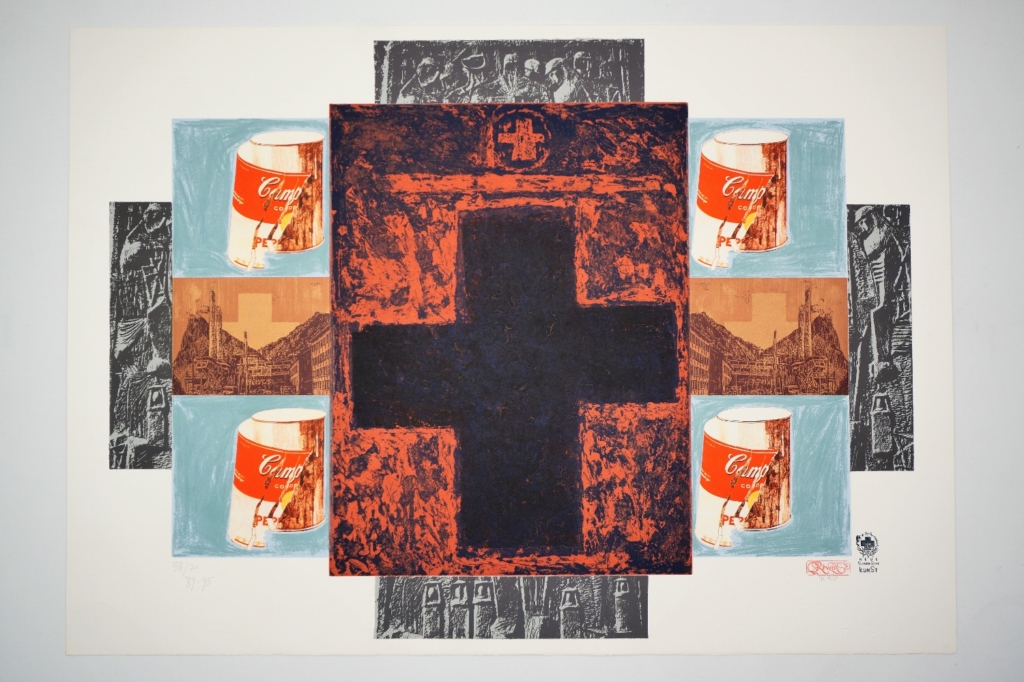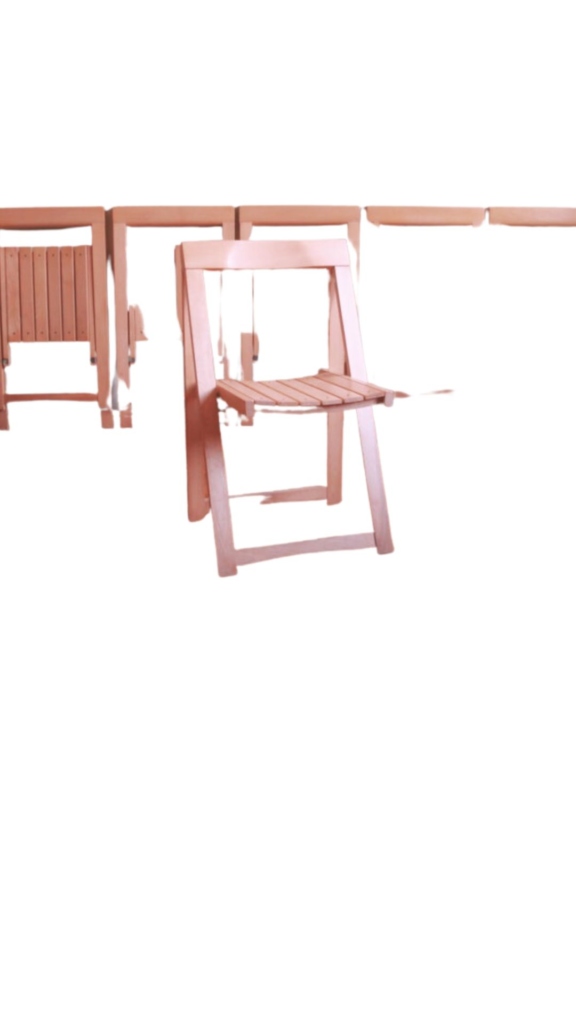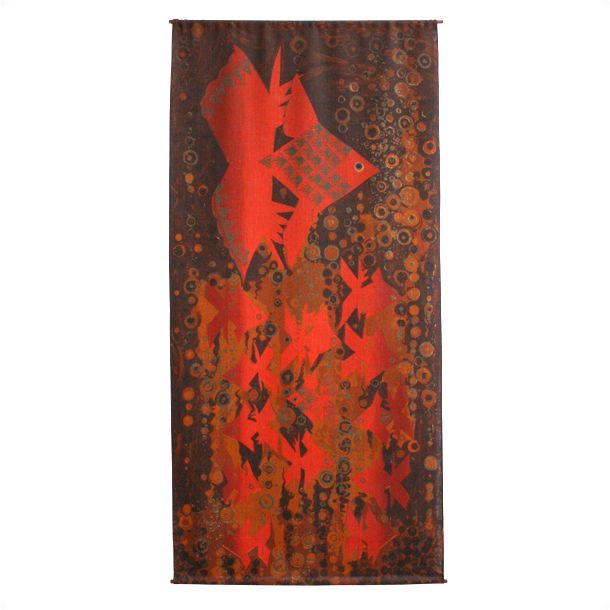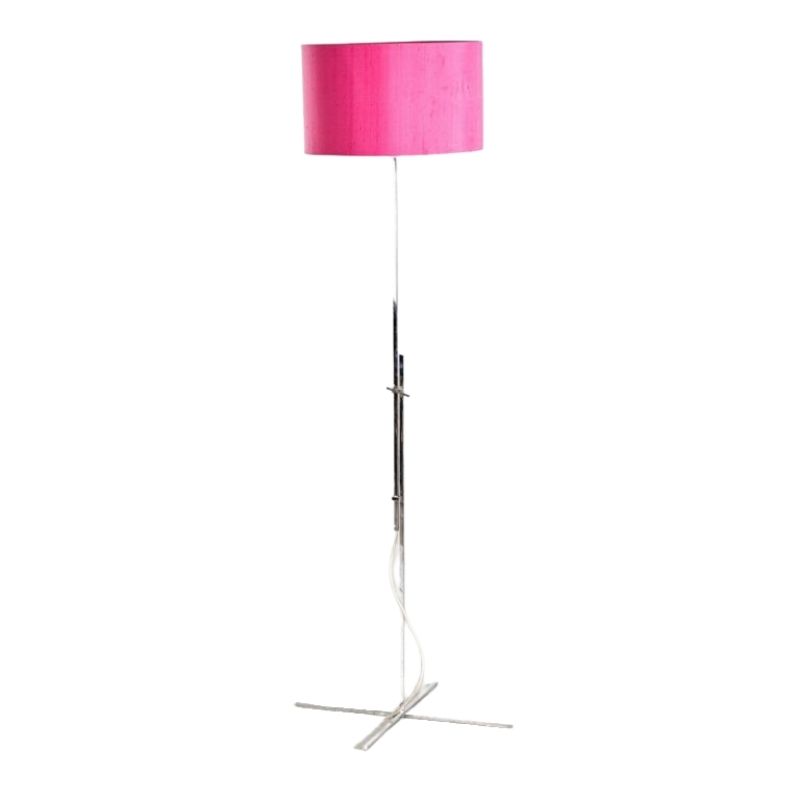Hi all,
can anyone identify this (presumably) danish coffee table?
It was bought in Germany in the early 1970's together with a pair of Kai Kristiansen chairs (barely visible in some of the images - the matching sofa is unfortunately long gone...)
It appears to be solid teak, and has no markings.
Any leads highly appreciated!
Regards
 <img class="wpforo-default-image-atta
<img class="wpforo-default-image-atta
Leif, thanks for confirming the wood - I suspected it was solid, but wasn't 100% sure.
I'm beginning to wonder if it could be of German production, as I have exhausted the known (to me...) online resources (the "designmuseum.dk" Furnitureindex and "danish-modern.co.uk") for danish design.
Or maybe just generic danish? (Would a generic producer have produced a solid teak piece like this?)
It could be from Germany, perhaps. Could be from Norway or Sweden too. The resources that you have exhausted are not exhaustive. Those archives just capture a representative sample of the totality.
The decision of whether to make a coffee table in solid teak vs veneer was far, far more complicated than you are making it out to be. Generic and ultra high end tables can be solid solid teak. Same for veneer. There were a lot of variables: wood species, veneer vs solid, tooling in the shop, wood prices and supply, workforce, designer, design, marketing plan, intended market, price point, supply chain, sales force, etc etc. All these variables went into creating a piece of furniture, which it was hoped would sell well. Sometimes it made sense to choose to create the table top in solid teak, sometimes it did not.
The fact that it is solid teak is somewhat unusual and can help to isolate it from other makers, though, because not many made solid teak top tables.
I suspect that the challenge you are running up against is that it is from the early 1970s and documentation got scarce after the mid 1960s.
If you need any help, please contact us at – info@designaddict.com









